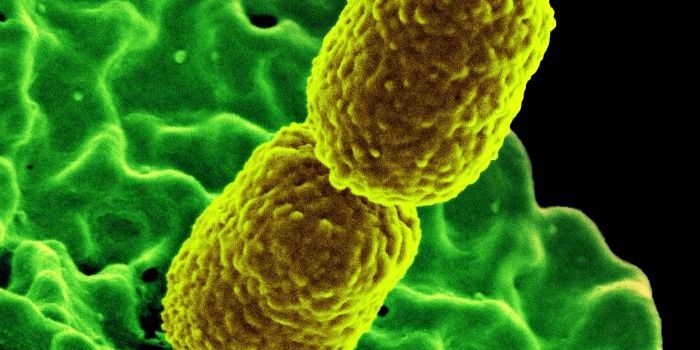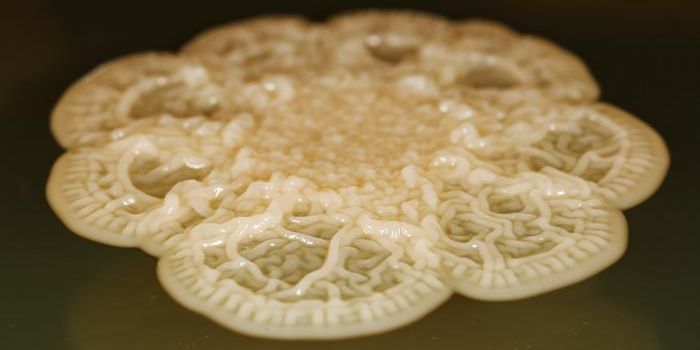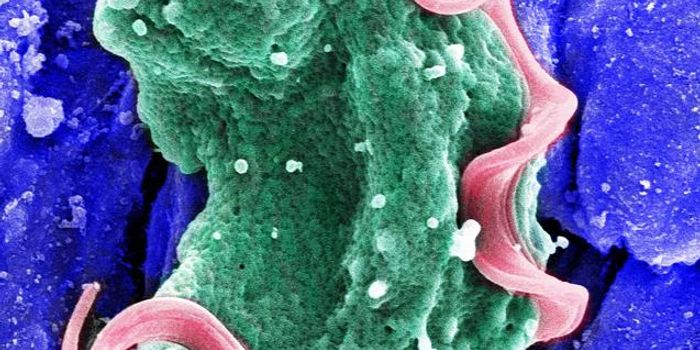A Bacterial Injection System Can Deliver Proteins to Cells
Nature has designed some spectacular micromachines, such as the flagella that propel bacterial cells, or microbial injection systems that can be found on a variety of organisms. Researchers have now harnessed the power of a bacterial injection system to create a delivery method that could send therapeutic proteins into human and animal cells. This technique could also offer a new way to deliver gene editing reagents into cells, and could one day be a safe and effective way to treat people with those therapies. The work has been reported in Nature.
“Delivery of therapeutic molecules is a major bottleneck for medicine, and we will need a deep bench of options to get these powerful new therapies into the right cells in the body,” noted senior study author Feng Zhang, a Howard Hughes Medical Institute investigator and Professor at MIT. “By learning from how nature transports proteins, we were able to develop a new platform that can help address this gap.”
Some symbiotic bacteria produce structures that are capable of making an injection, like a syringe. In this work, the researchers used one of those bacterial syringes, which normally binds to insect cells to insert proteins into them. This can promote the survival of the bacterium by adjusting host cell conditions, and making them more favorable to the microbe. These so-called extracellular contractile injection systems (eCISs) have a sheath that carries a rigid tube that can contract to push one of its spiked ends through a cell membrane, moving the cargo inside the tube into the cell.
There are fibers at the end of the eCIS that identify certain receptors on the surface of cells. The researchers wanted to modify those receptors so they would not target insect cells as they do naturally, but human cells instead. The team used a computational tool called AlphaFold to design fibers on an eCIS made by Photorhabdus bacteria so they would attach to human cells, as well as eCISs that could target certain cancer cells carrying the EGF receptor.
In both cases, eCISs were able to recognize their targets. Cancer cells expressing EGF were killed with nearly 100 percent efficiency, and the eCIS did not harm cells that were not carrying the targeted receptor. Proteins were also delivered to brain cells in a live mouse model, and the process did not trigger an immune reaction. This suggests that it may one day be possible to use this approach safely in humans.
First study author and MIT graduate student Joseph Kreitz noted that eCIS is versatile, and the system has already been used by the team to deliver gene editing reagents like base editors and Cas9 to cells. It may also be possible to alter the system so eCIS can deliver molecules like RNA or DNA.
“We and others have shown that this type of system is incredibly diverse across the biosphere, but they are not very well characterized,” Kreitz said. “And we believe this type of system plays really important roles in biology that are yet to be explored.”
Sources: Broad Institute of MIT and Harvard, Nature









